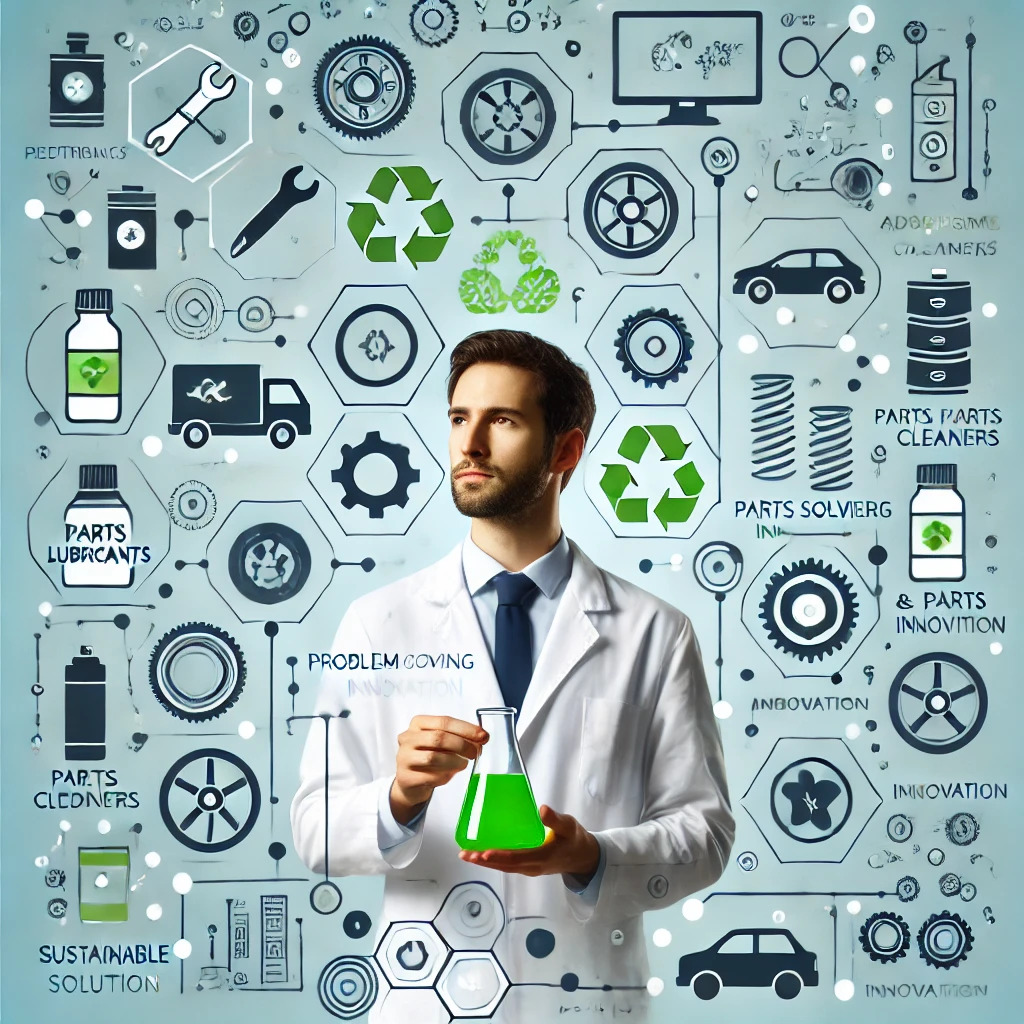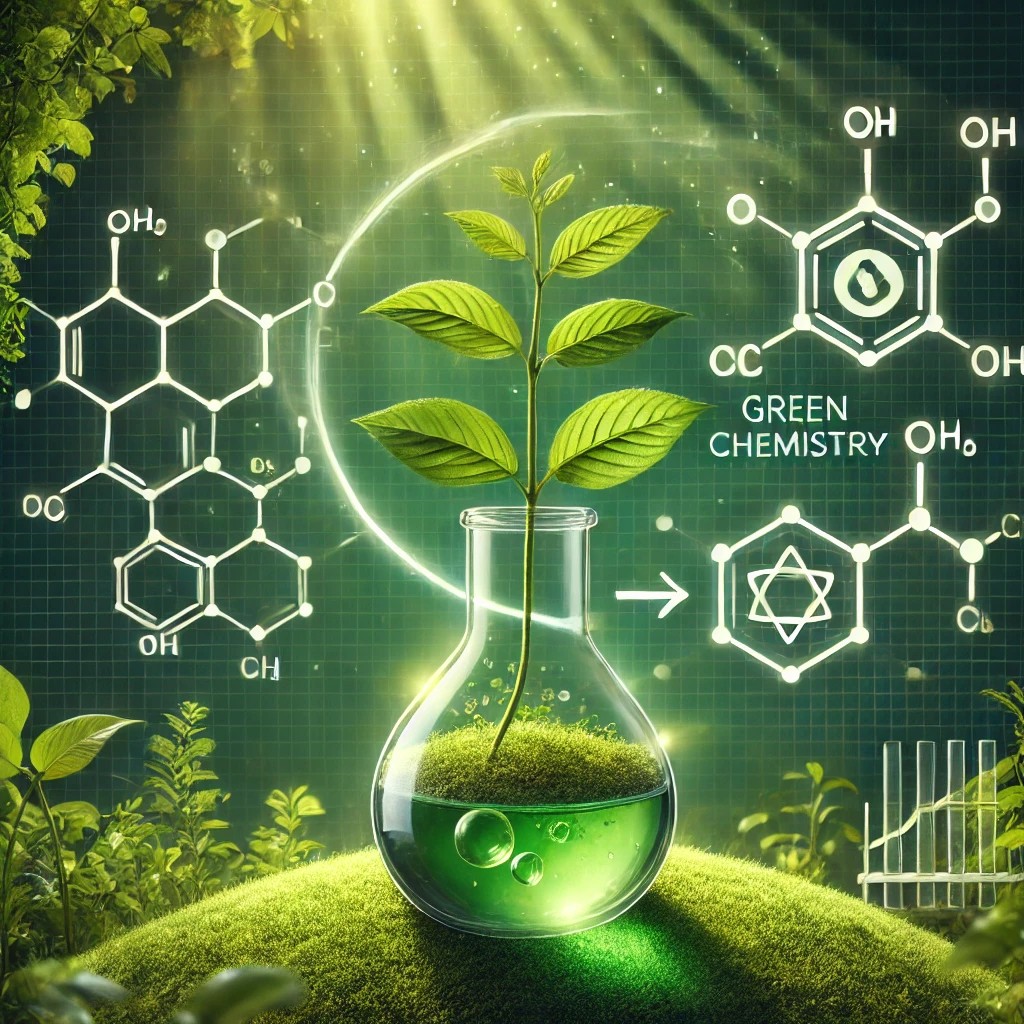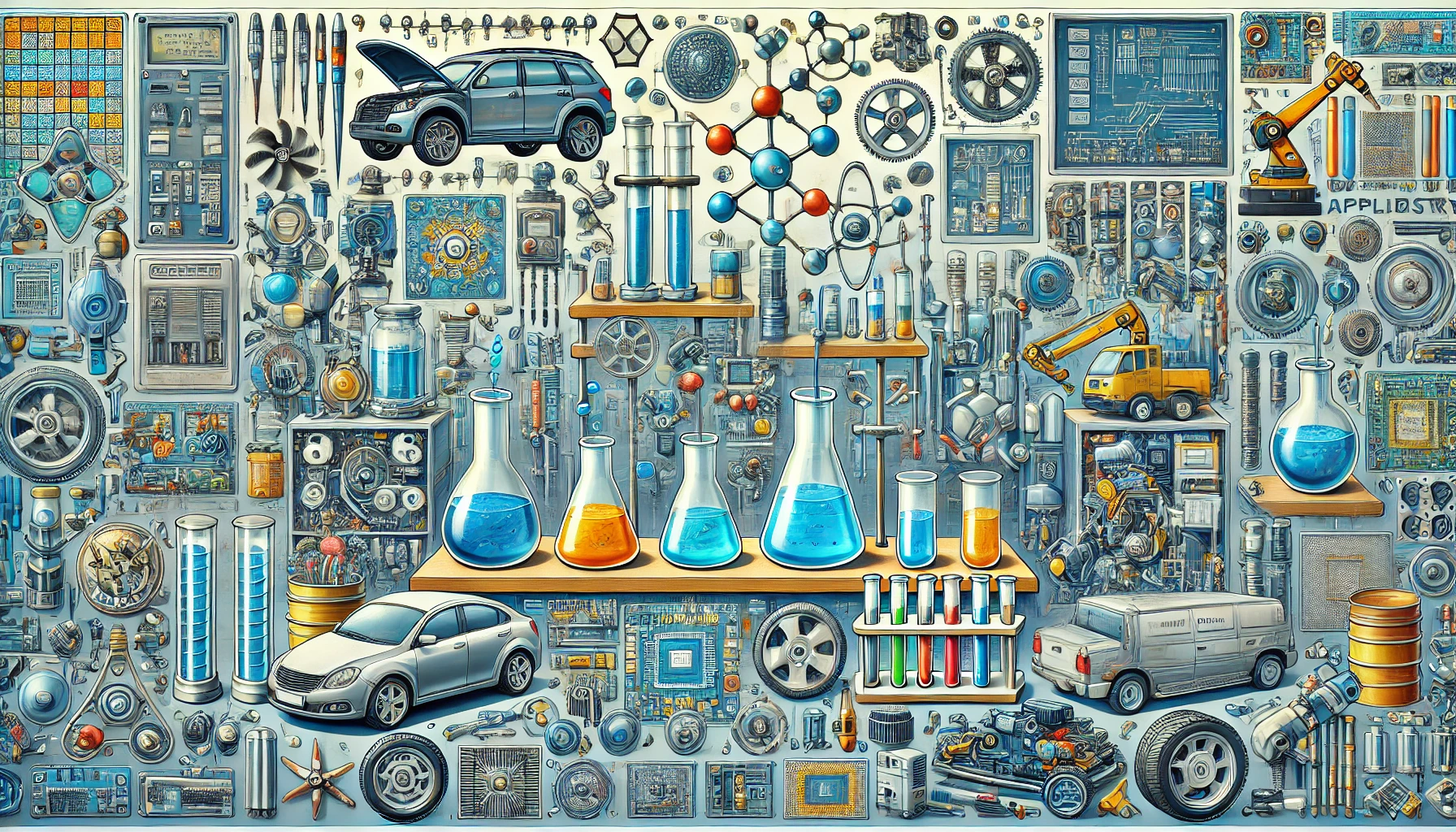Addressing Industry Challenges through Chemistry and Technology
In a rapidly advancing technological landscape, industries across sectors encounter complex challenges that require innovative chemical solutions. As experienced chemical consultants, we provide specialized problem-solving services to address issues involving cleaners, rust protection, coatings, vibration control, heat transfer, and other critical applications. These challenges often impact environmental, health, and safety (EHS) management, sustainability, product efficiency, and regulatory compliance. With a foundation in scientific principles and a commitment to innovation, we guide our clients in understanding and resolving issues across their design, production, and maintenance processes.
The Role of CHEMIFOR Consulting in Problem Solving
Chemical consulting is rooted in a strategic approach to problem-solving, which involves diagnosing, analyzing, and resolving issues by applying scientific methods and principles of chemistry. For OEMs and other non-chemical industries, the role of a chemical consultant extends beyond basic product recommendations to provide tailored solutions that address specific operational challenges. These can include optimizing chemical use in the production phase, improving the durability of protective coatings, controlling noise and vibration, and enhancing thermal and mass transfer processes.
Our primary goal is to identify the root causes of chemical-related problems, propose innovative solutions, and guide clients through implementation. Below, we outline common problem areas and the technical approaches used to address them effectively.
1. Eco-Friendly Cleaning and EHS Management
Challenges:
Many industries require effective cleaning solutions that comply with environmental, health, and safety (EHS) standards while minimizing environmental impact. Traditional cleaners often contain volatile organic compounds (VOCs) or other harmful chemicals, posing risks to workers and the environment.
Problem-Solving Approach:
Root Cause Analysis: We assess contaminants and cleaning challenges unique to the client’s processes, identifying eco-friendly alternatives with reduced toxicity, low VOC content, and high biodegradability.
Innovative Cleaner Development: We formulate cleaning solutions tailored to specific needs, such as pH-neutral cleaners for sensitive components or biodegradable cleaners for eco-sensitive applications.
Compliance Optimization: By aligning with EPA and OSHA guidelines, we help clients meet regulatory standards, enhancing both worker safety and environmental sustainability.
Example Solution:
For industries needing grease removal without harsh solvents, we recommend bio-based solvents and aqueous cleaners, which reduce hazardous chemical exposure and maintain effectiveness. We may also design methods for in-process cleaner recovery and recycling, further minimizing waste.
2. Rust Prevention and Corrosion Management
Challenges:
Metal structures and equipment are susceptible to rust and corrosion, which can lead to structural damage, reduced functionality, and costly maintenance. Environments exposed to moisture or corrosive elements are particularly vulnerable, such as in hydrotesting, transit, or offshore installations.
Problem-Solving Approach:
Scientific Testing: We analyze the specific environmental conditions, material properties, and exposure levels contributing to rust and corrosion.
Innovative Coating Solutions: For corrosion protection, we advise on specialized coatings like zinc-rich primers, nano-coatings, or advanced barrier coatings, which protect against moisture and corrosive agents.
Inhibitor Integration: In processes involving water (e.g., hydrotesting), we recommend the addition of corrosion inhibitors that prevent rust without impacting operational efficiency.
Example Solution:
For mechanical companies conducting hydrotesting on large tanks, we recommend temporary protective coatings or inhibitors that can be easily removed after testing, protecting against rust without introducing heavy-duty or environmentally harmful chemicals.
3. Vibration and Noise Control
Challenges:
Excessive vibration and noise can damage equipment, reduce operational efficiency, and impact worker safety. In automotive, aerospace, and heavy machinery industries, vibration control is essential to maintain product integrity and comfort.
Problem-Solving Approach:
Vibration Analysis: We conduct studies on vibration patterns, frequencies, and materials, using advanced modeling techniques to understand and mitigate sources of excessive noise and vibration.
Customized Solutions: Depending on application requirements, we recommend specific damping materials, such as viscoelastic polymers, composites, or layered coatings, to effectively absorb and dissipate vibrations.
Soundproofing Innovations: We work with sound-dampening technologies, applying coatings or materials that reduce noise at the source, enhancing user experience and meeting regulatory noise standards.
Example Solution:
In automotive components subject to high levels of vibration, we advise on polyurethane coatings that serve as dampeners, reducing sound transmission and extending part life by minimizing wear and fatigue.
4. Heat Transfer and Thermal Management
Challenges:
With technology becoming increasingly compact and powerful, efficient heat dissipation has become a critical factor. Electronics, industrial machinery, and automotive components need effective thermal management to prevent overheating, improve performance, and maintain longevity.
Problem-Solving Approach:
Thermal Mapping and Analysis: We use thermal imaging and computational fluid dynamics (CFD) to analyze heat distribution and identify areas with excessive heat accumulation.
Innovative Thermal Compounds: By selecting high-performance thermal greases, phase-change materials, and conductive fillers, we enhance heat transfer without compromising component integrity.
Cooling System Design: We offer customized solutions, such as liquid cooling or heat pipe integration, for applications where traditional air cooling is insufficient.
Example Solution:
In electronics where heat dissipation is crucial, we may suggest high thermal conductivity compounds that transfer heat more efficiently than standard pastes, coupled with optimized ventilation designs for passive cooling.
5. Bonding, Surface Preparation, and Treatment
Challenges:
Bonding and surface treatment are vital in industries that require durable, secure assemblies. Ensuring proper adhesion or surface protection in challenging environments requires careful selection of bonding agents and surface treatments.
Problem-Solving Approach:
Surface Analysis: We evaluate surface composition, roughness, and environmental exposure to recommend suitable treatments that enhance bonding strength or provide necessary surface protection.
Specialized Adhesives: For secure bonding, we guide clients on selecting adhesives that withstand high temperatures, chemical exposure, or mechanical stress, such as epoxy resins, urethanes, or acrylics.
Corrosion-Resistant Coatings: We suggest surface treatments like anodizing, phosphating, or applying corrosion-resistant primers to increase material durability and maintain aesthetics.
Example Solution:
For a manufacturer needing reliable bonding in humid conditions, we might recommend moisture-curing adhesives that offer strong bonds without degradation from moisture, ensuring long-lasting integrity even in challenging climates.
6. Environmental, Health, and Safety (EHS) Management through Innovation
Challenges:
Industries are increasingly focused on EHS management, seeking to reduce hazardous emissions, improve air quality, and ensure safe working conditions. EHS concerns require innovative chemical solutions that reduce environmental impact while protecting employees.
Problem-Solving Approach:
Sustainable Chemical Substitution: We identify eco-friendly substitutes for hazardous chemicals, such as low-VOC solvents, non-toxic rust preventives, or biodegradable cleaners.
Real-Time Monitoring Solutions: Implementing real-time monitoring of chemical processes helps prevent exposure to harmful substances and ensures compliance with safety standards.
Closed-Loop Systems: We design closed-loop chemical systems that minimize waste and pollution by recovering and reusing chemicals, optimizing resource efficiency, and reducing environmental footprint.
Example Solution:
In EHS-sensitive industries like pharmaceuticals, we help implement solvent recovery systems that capture and recycle solvents, reducing the volume of hazardous waste and conserving resources.
7. Method Development for Testing, Validation, and Quality Control
Challenges:
Industries are increasingly focused on EHS management, seeking to reduce hazardous emissions, improve air quality, and ensure safe working conditions. EHS concerns require innovative chemical solutions that reduce environmental impact while protecting employees.
Problem-Solving Approach:
Sustainable Chemical Substitution: We identify eco-friendly substitutes for hazardous chemicals, such as low-VOC solvents, non-toxic rust preventives, or biodegradable cleaners.
Real-Time Monitoring Solutions: Implementing real-time monitoring of chemical processes helps prevent exposure to harmful substances and ensures compliance with safety standards.
Closed-Loop Systems: We design closed-loop chemical systems that minimize waste and pollution by recovering and reusing chemicals, optimizing resource efficiency, and reducing environmental footprint.
Example Solution:
In EHS-sensitive industries like pharmaceuticals, we help implement solvent recovery systems that capture and recycle solvents, reducing the volume of hazardous waste and conserving resources.
Leveraging Innovation to Resolve Emerging Challenges
The evolution of industries brings about new and complex problems that demand innovative approaches. As chemical consultants, we integrate the latest advancements in chemistry and materials science to deliver tailored solutions that resolve industry-specific challenges. Whether addressing EHS concerns, improving energy efficiency, or enhancing product durability, we employ scientific methods to deliver measurable results and lasting solutions.
Our commitment to problem-solving through innovation positions us as essential partners to OEMs and other industries, enabling them to overcome technical challenges, achieve sustainability goals, and maintain a competitive edge in an era defined by rapid technological advancement.



